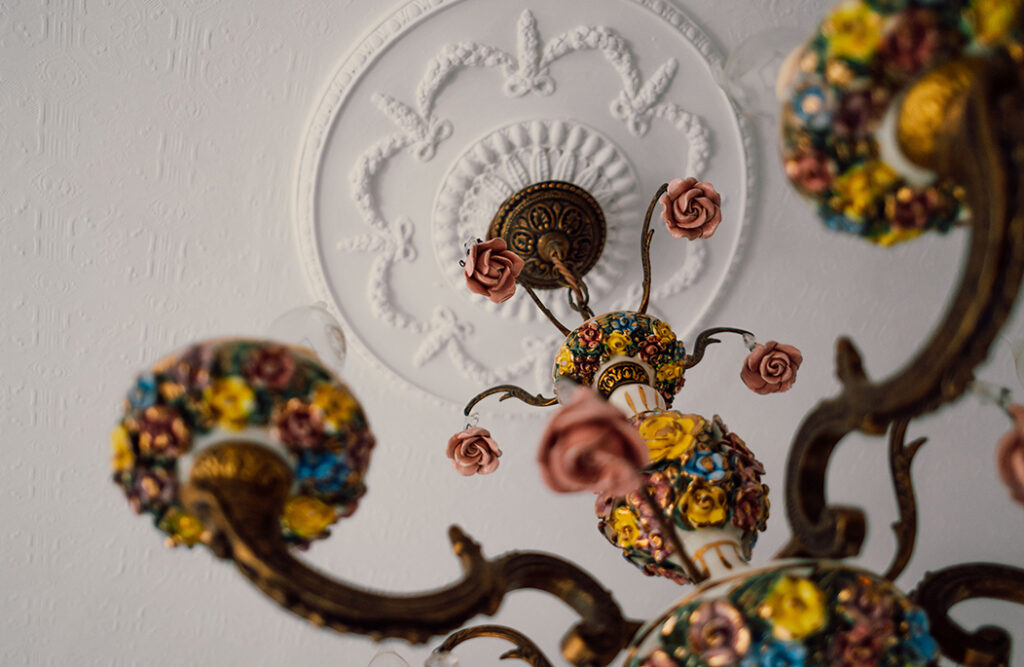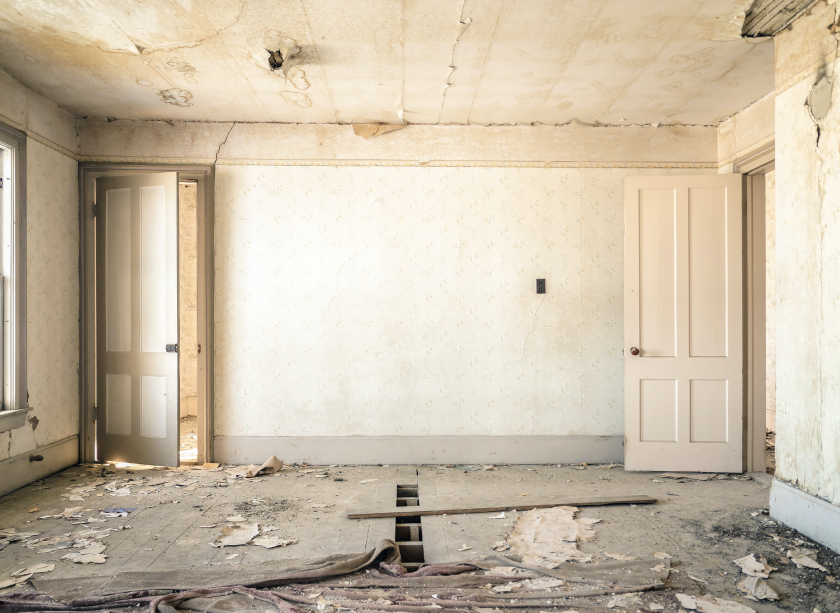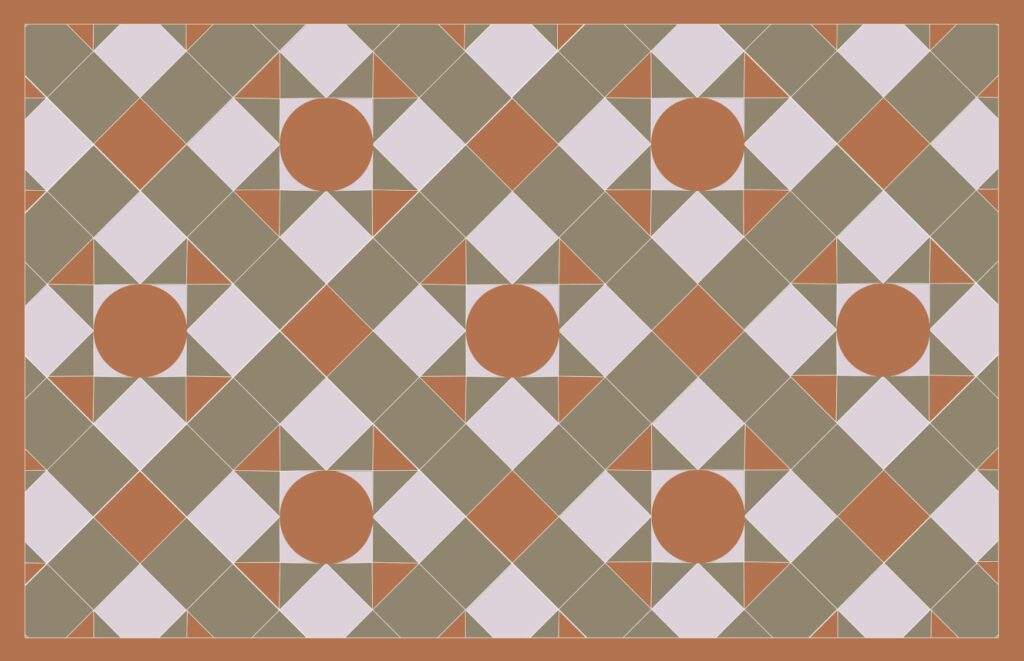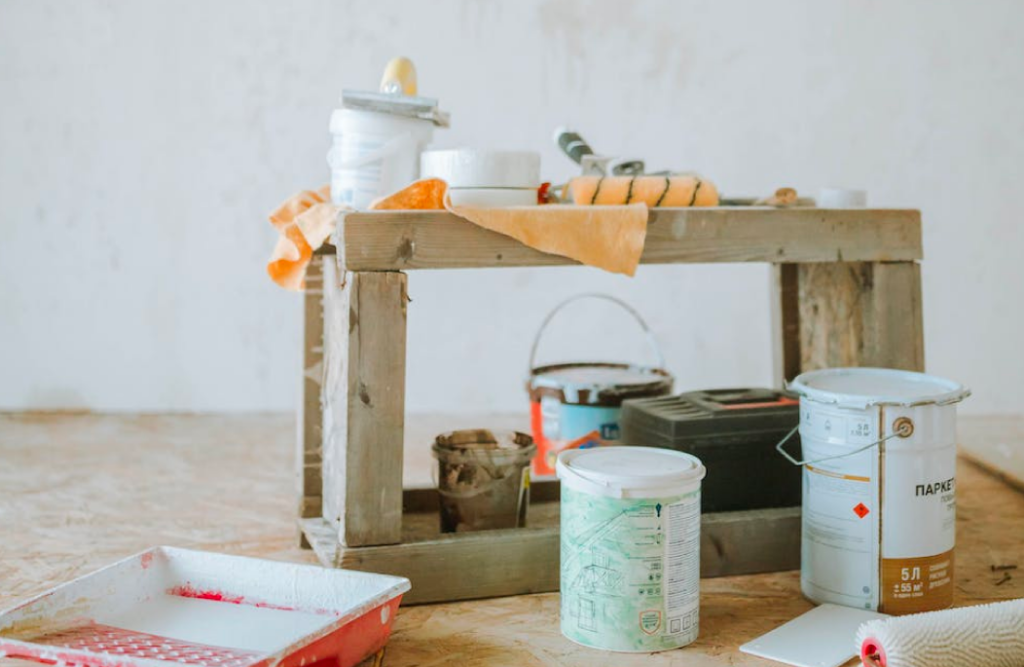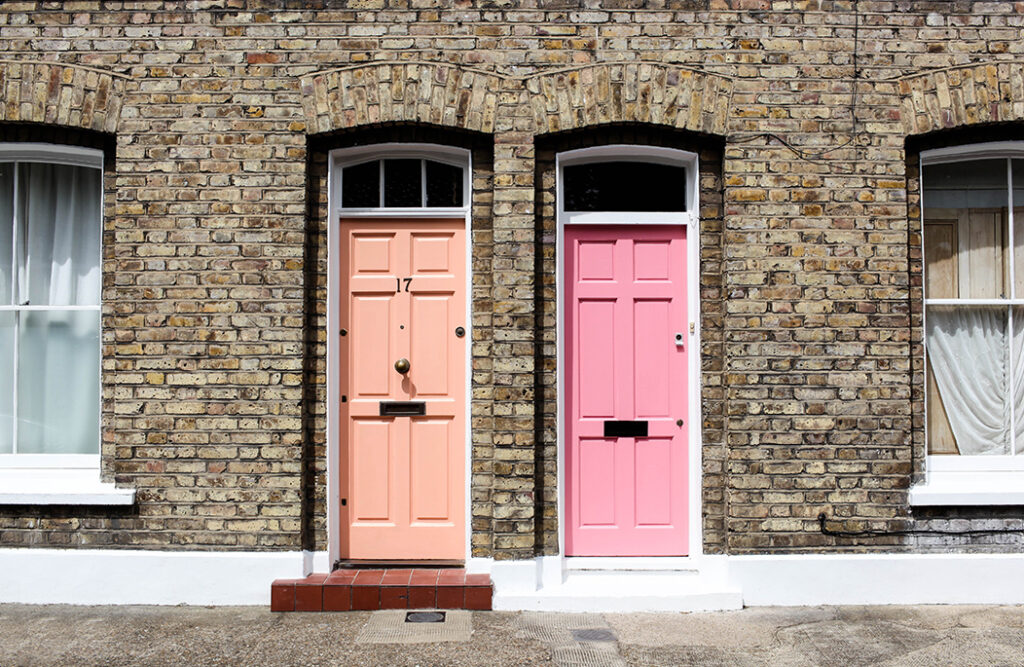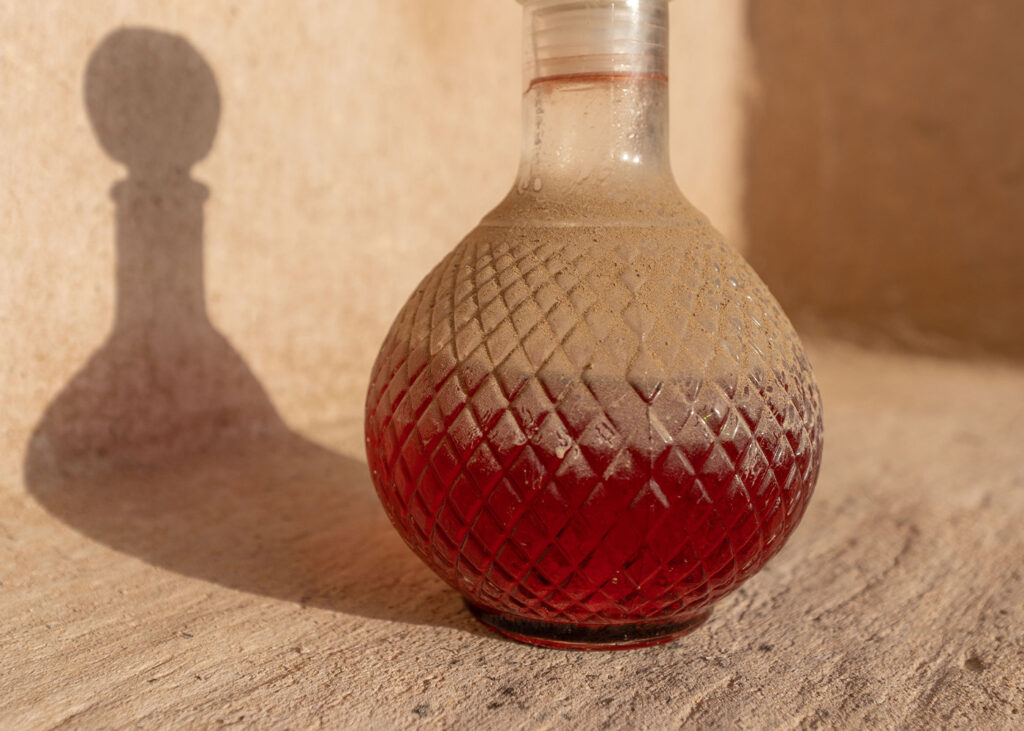If you’re lucky, your Victorian home may still boast the glorious plaster mouldings our ancestors loved. They were an essential part of the home’s design. Find out why here, as well as how you should care for them.
Plaster mouldings: a classic piece of Victorian architecture
Many Victorian homes were typified by mouldings and joinery with plaster coving, ceiling roses, dado and picture rails, deep skirting boards and even panelling.
Often removed and replaced by swirly Artex and panelling during renovations in the 1970s and 1980s, you can easily restore plaster mouldings because there are many companies that offer a variety of designs and styles for owners of Victorian homes.
As with other ostentatious displays of wealth, the plaster mouldings would typically be found in the rooms where most guests would be received, such as porches, reception rooms, dining rooms and parlours.
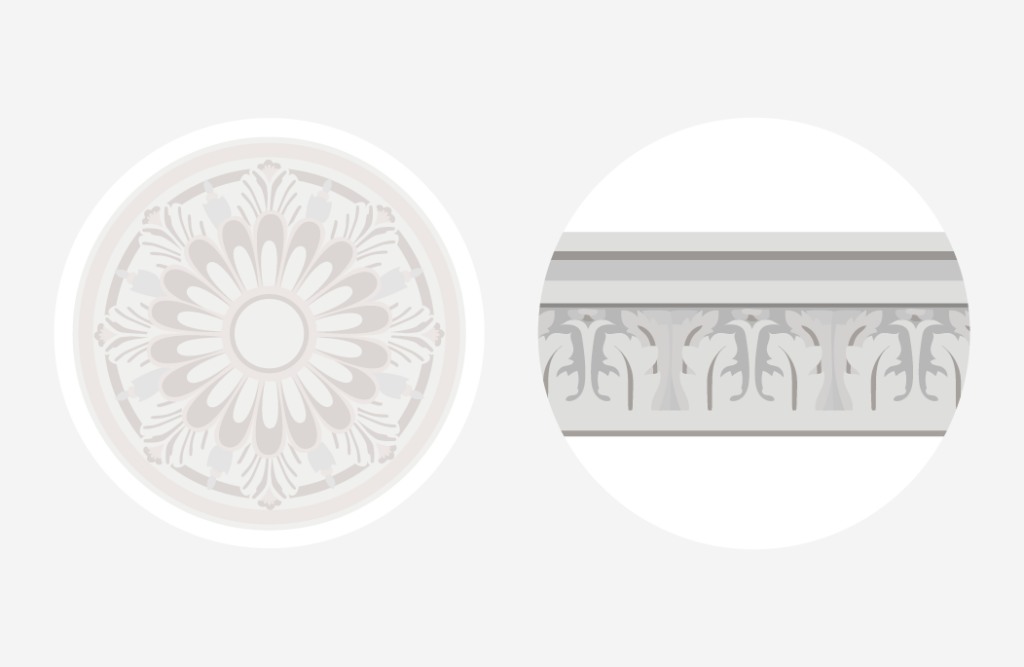
Plaster mouldings offer a little extra opulence
Moulded architraves are fixtures that accentuate doors, windows and arches and they are fitted to add an extra touch of opulence and decadence to a room.
In 1851, new moulds were displayed at The Great Exhibition which encouraged builders to become even more adventurous with the design of their plaster mouldings.
The gelatine moulds were swiftly followed by a new plaster in 1856 made of hessian and lathes which was lighter and stronger than solid plaster. Together, the innovations made it possible for a large piece of decorative cornice-work to be made off-site and safely transported to its new home
Be careful of these plaster moulding issues
Plaster mouldings are vulnerable to damp, dry rot, sagging and cracking because of age or structural fault. Over-painting can also damage the delicate plasterwork – when Victorian homes were lit by gas and oil lamps, the ceilings were victim to smoke and smut which was easily covered with layer upon layer of paint.
Over the years, the paint build-up would blur the detail of the plaster mouldings and clog up crevices. Most Victorian plasterwork is supported by a framework, which is made up of narrow strips of oak or softwood nailed to the ceiling joists.
Some Victorian plasterwork is made of gypsum plaster reinforced with timber while a stronger plaster, strengthened with hessian, became more common after 1856.
Just to confuse the issue, other plasterers didn’t use plaster at all, rather a form of papier-mâché made to look like plaster.
download the full victorian homes ebook
Download Victorian Homes, a free ebook created by Adrian Flux insurance services. It is full of Victorian house facts, tips on how to create a Victorian style house — even if you live in a new-build home — and advice on where to source original Victorian and reproduction fixtures, fittings, furniture, accessories and art.
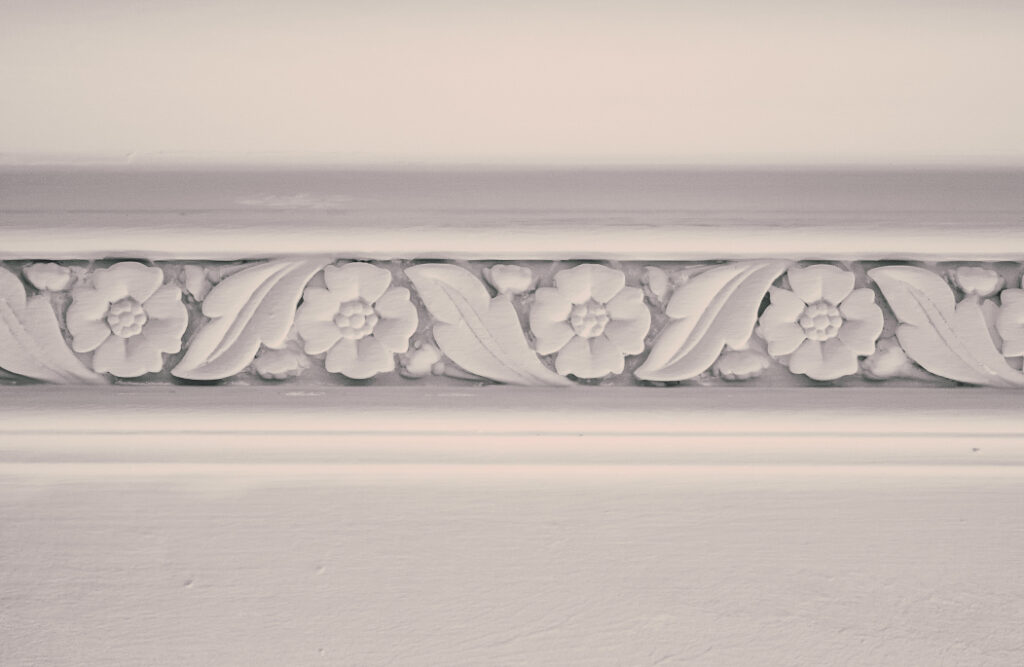
Caring for your home’s plaster mouldings
Plaster mouldings can be a dust trap and should be regularly cleaned with a duster, a soft brush on a vacuum cleaner and, once you’ve established that your plasterwork isn’t papier-mâché (which dissolves if washed), gently clean it twice a year with a sponge and water.
Mouldings are often painted in a colour lighter than the walls to help them stand out as an architectural feature – since Victorian times, the colour of plaster mouldings has become lighter and lighter each decade.
Read more advice in our ebook
Download our ebook, full of Victorian house facts, tips on how to create a Victorian style house — even if you live in a new-build home — and advice on where to source original Victorian and reproduction fixtures, fittings, furniture, accessories and art.
Looking to insure your Victorian Home?
Adrian Flux is a specialist insurance compnay offering bespoke cover for all period and Victorian homes. Call 0800 369 8590 got a fast and hassle-free quote.
Our home insurance customers saved an average of 31% in 2021 when taking out a policy with us. See how much you could save by giving us a call.
